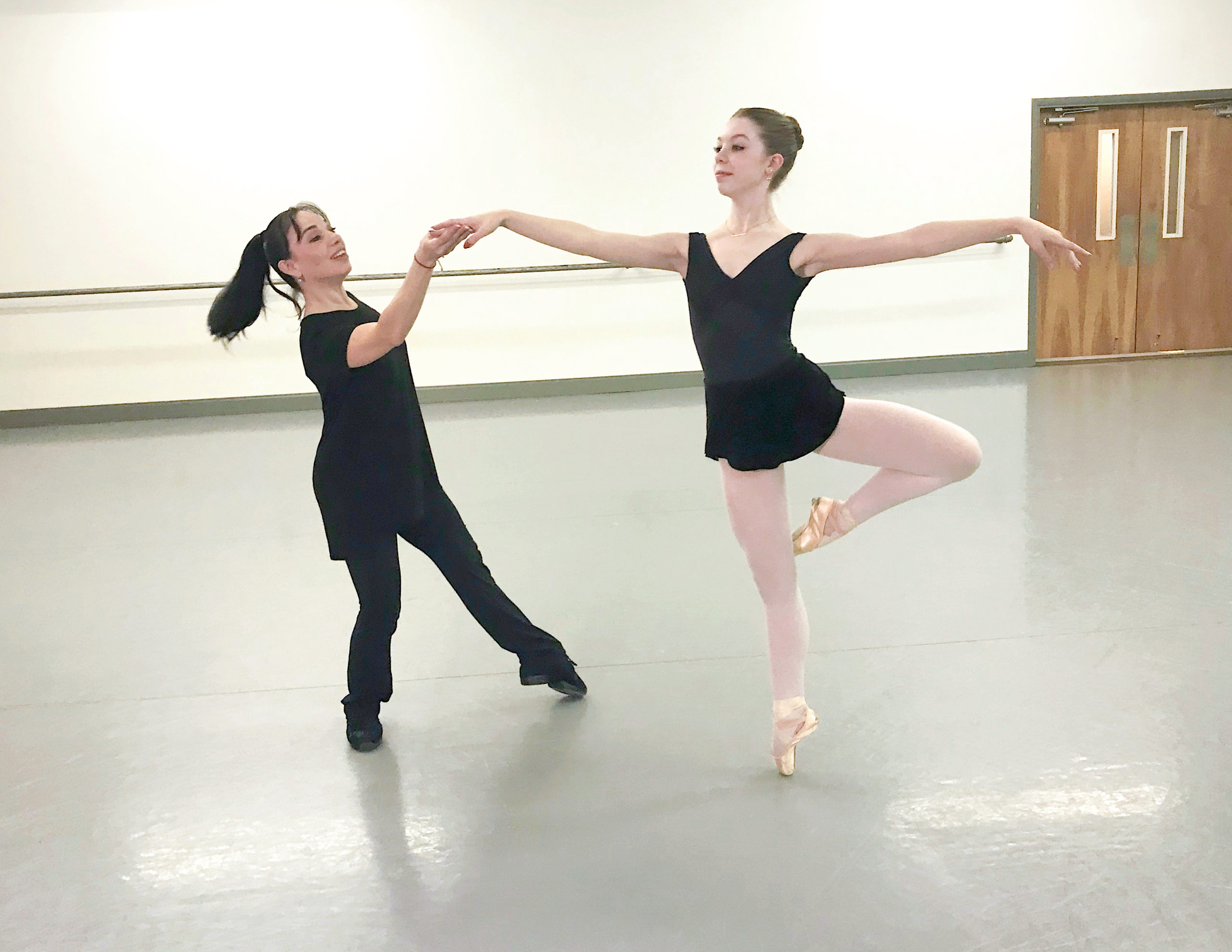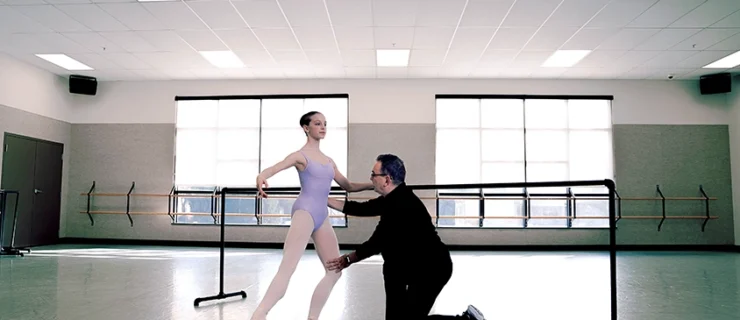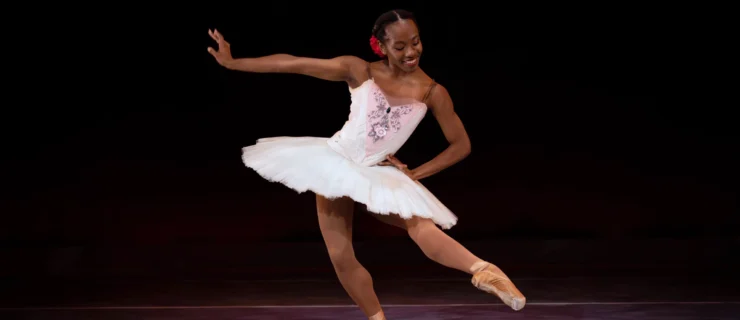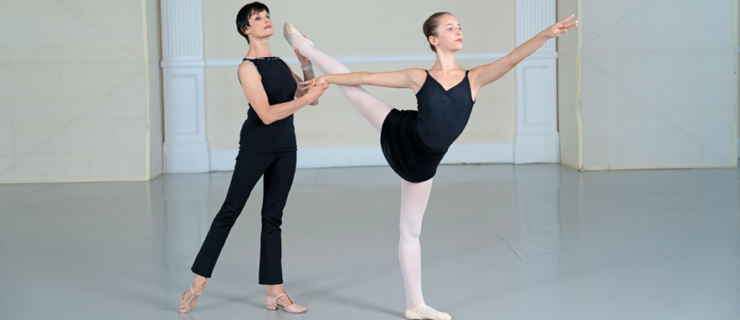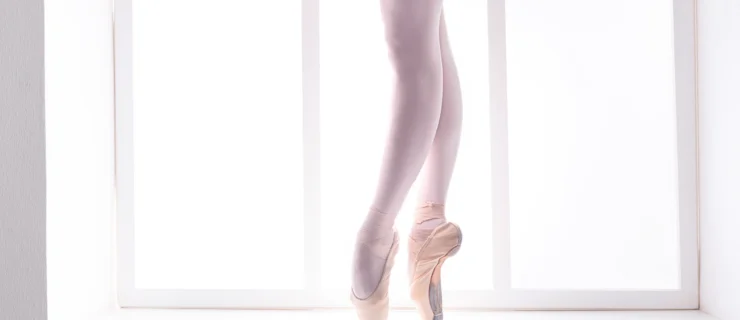Mastering Manèges: Tips for Turning and Jumping in a Circle
As a dancer, former Orlando Ballet principal Katia Garza was a remarkable talent when it came to turning and jumping in a manège. She could make the Sugarplum Fairy’s piqué turns look effortless, and she was equally impressive when performing a circle of double sauts de basque and coupés jetés en tournant.
Below, Garza, now the artistic director of Mobile Ballet in Alabama, shares her secrets for successful manèges.
Plan Ahead
Often, when dancers begin a manège, they are aware of the large circular pathway. However, Garza says it’s crucial to break down the circle beforehand with a detailed plan. “You need to divide the circle,” she notes. “It is important to be really clear on how many piqués or grands jetés you are going to do in each direction.”
Garza recommends using basic math: “Start with three traveling across the front of the room, then one moving diagonally, one heading upstage, another diagonally and then three going across the back.”
When rounding a corner, says Garza, “think of it almost like driving a car. You slow slightly before the curve.” But use maximum power when moving in a straight line. “It’s very exciting for the audience to see you traveling and crossing the stage with energy.”
Coordinate Your Eyes, Arm and Foot
Many struggle to maintain their spot when performing a manège. Traditionally, dancers are taught to spot the four corners of the room when moving in a circle (and that the body will naturally round the corners). Garza says it’s crucial to be very aware of where you’re looking and to coordinate the arms, legs and head. “If you are turning to the right, the right foot and hand go in the same direction as your eyes.”
If the arms don’t stay coordinated and placed in front of you, you’ll slow down and lose power. She encourages dancers to imagine their hands cutting through the air, to help with the turn’s coordination and speed.
Stay Positive
As you start your circle, trust your ability. “Just go for it,” says Garza. “If you have a negative thought, you are going to have a negative result. Always cheer yourself on and think positivelyfor your ending.”
Visualization can help, particularly as you prepare for a performance. Garza used to listen to the music and imagine herself dancing a manège at her very best. “Visualize your space,” she says. “See yourself doing something amazing.” To build confidence, Garza even envisioned how she would correct potential mistakes: “All of this can help you find solutions in your turns or jumps.”
Build Stamina
Manèges usually happen at the end of a variation or during a coda, when you’re already fatigued. “One thing that helped me was taking a big breath before taking off in a manège,” says Garza. “It would relax me, and I would feel my core muscles strong and engaged.”
Dancers tend to take shallow breaths during stressful movements (or hold their breath altogether!), so remember to keep breathing as you turn. “Have a plan for when you are going to take a deep breath in your circle,” says Garza.
She also suggests repeating the manège twice in a row during practice sessions. “This will help to build stamina. And mentally, you will know that if you can do it twice, you can do it once well!” Push yourself to finish, she continues, “even if it’s not perfect—even if it’s horrendous! It’s okay, because you aren’t just working on technique. Keep breathing and you will build strength and stamina.”
Katia Garza’s Quick Tips
- Don’t push off the front foot when preparing in tendu devant. “Transferring the weight wastes energy.”
- In a piqué turn, lift the retiré as high as you can. “Always think ‘knee up’ as you turn.”
- Don’t relax your foot between rotations, whether you’re jumping or doing piqué turns. “Instead of just reaching the length of your leg, I ask dancers to reach a little farther out with the leg and foot.”
- When doing double saut de basque, aim your brushing leg toward the wings, instead of in a circular pathway. “You will have already completed half a turn and there will be less rotating needed in the air.”
- Engage your external rotation to hold your final pose. “When you use your turnout to chassé through fourth position, for instance, you can stop the momentum with your turnout.”
